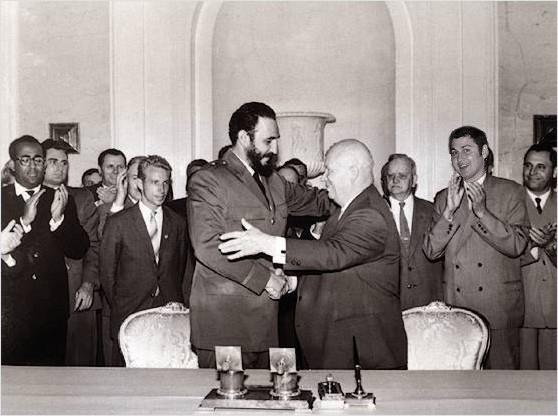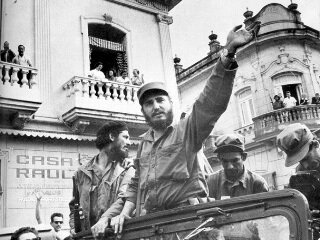The Cuban Revolution of 1959 was a pivotal moment in the history of the island nation, as it marked the end of the authoritarian rule of Fulgencio Batista and the beginning of the socialist government led by Fidel Castro. There were several key factors that contributed to the success of the revolution and the eventual overthrow of Batista's government. These causes can be broadly categorized into social, economic, and political factors.
One of the key social causes of the Cuban Revolution was the widespread poverty and inequality that existed on the island. The vast majority of the population was poor and lived in poor living conditions, while a small elite class of wealthy landowners and business owners controlled the country's wealth and resources. This inequality was fueled by the corrupt and oppressive policies of the Batista government, which favored the interests of the wealthy over those of the poor.
Another social cause of the revolution was the lack of political freedoms and civil liberties in Cuba. The Batista regime was known for its censorship and suppression of political opposition, and many Cubans were disillusioned with the lack of democratic processes in the country. This created a climate of discontent and frustration that contributed to the widespread support for the revolutionary movement.
In addition to social factors, there were also significant economic causes of the Cuban Revolution. The country's economy was heavily reliant on the export of sugar, and the price of sugar on the international market had been declining for several years. This led to economic stagnation and high levels of unemployment, which further fueled discontent among the population. The Batista government's economic policies, which favored the interests of foreign investors and the wealthy elite, also contributed to the widespread economic inequality and poverty on the island.
Finally, there were also important political causes of the Cuban Revolution. The Batista regime was unpopular and widely seen as corrupt and repressive, and many Cubans were eager for change. The revolutionary movement, led by Fidel Castro and his brother Raúl, gained widespread support due to its promise of democracy and social justice. The successful guerrilla campaign waged by the revolutionaries against the Batista government also played a key role in the eventual overthrow of the regime.
In conclusion, the Cuban Revolution of 1959 was the result of a combination of social, economic, and political factors. The widespread poverty and inequality, lack of political freedoms, economic stagnation, and corrupt and repressive government all contributed to the success of the revolutionary movement and the eventual overthrow of the Batista regime.






